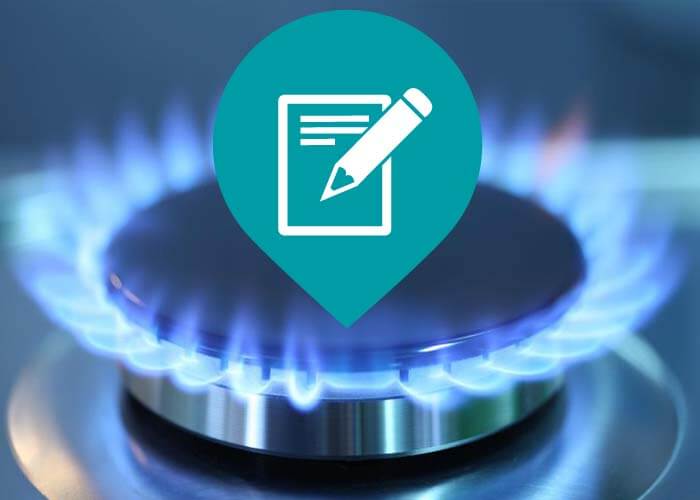
Exactly how Does the Gas Distribution System Work?
Just how Does the Natural Gas Distribution System Work?
Gas streaming from higher to lower pressure is the basic concept of the gas delivery system. The amount of pressure in a pipeline is determined in pounds per square inch.
From the well, the gas goes into "celebration" lines, which are like branches on a tree, getting bigger as they get closer to the central collection factor.
Celebration Equipments
A celebration system might need one or more area compressors to relocate the gas to the pipeline or the processing plant. A compressor is an equipment driven by an internal burning engine or wind turbine that produces stress to "press" the gas with the lines. Many compressors in the gas shipment system use a small amount of natural gas from their own lines as gas.
Some natural gas celebration systems consist of a processing center, which performs such features as getting rid of pollutants like water, co2 or sulfur that could corrode a pipeline, or inert gases, such as helium, that would minimize the power worth of the gas. Handling plants additionally can remove small quantities of propane and butane. These gases are made use of for chemical feedstocks and other applications.
The Transmission System
From the event system, the natural gas relocations into the transmission system, which is typically composed of about 272,000 miles of high-strength steel piper.
These huge transmission lines for gas can be compared to the nation's interstate freeway system for vehicles. They relocate big amounts of natural gas hundreds of miles from the generating regions to neighborhood distribution firms (LDCs). The pressure of gas in each section of line normally ranges from 200 pounds to 1,500 extra pounds per square inch, depending on the kind of location in which the pipe is operating. As a precaution, pipes are designed as well as built to handle a lot more pressure than is ever really reached in the system. For instance, pipelines in more populated areas run at less than half of their style stress level.
Numerous major interstate pipes are "looped"-- there are two or even more lines running parallel to each other in the same right of way. This gives maximum capacity throughout durations of peak need.
Compressor Stations
Compressor stations lie roughly every 50 to 60 miles along each pipeline to improve the pressure that is lost via the friction of the gas relocating with the steel pipeline. Many compressor stations are entirely automated, so the devices can be started or stopped from a pipeline's central control area. The control room can likewise from another location run shut-off shutoffs along the transmission system. The drivers of the system maintain thorough operating information on each compressor terminal, and also continually readjust the mix of engines that are going to maximize performance and also safety and security.
Natural gas relocations through the transmission system at up to 30 miles per hour, so it takes a number of days for gas from Texas to come to an utility invoice point in the Northeast. Along the way, there are several interconnections with various other pipelines as well as various other utility systems, which supplies system operators a large amount of flexibility in relocating gas.
Linepack
A 50-mile area of 42-inch transmission line operating at around 1,000 pounds of stress has about 200 million cubic feet of gas-- adequate to power a kitchen range for greater than 2,000 years. The quantity of gas in the pipe is called the "linepack.".
By increasing and also reducing the stress on any type of pipeline section, a pipeline company can make use of the segment to keep gas during periods when there is less need at the end of the pipe. Utilizing linepack this way permits pipe operators to deal with hourly variations popular very successfully.
Natural gas pipes as well as energies utilize really innovative computer system versions of customer demand for natural gas, which connect everyday and also hourly consumption fads with seasonal and environmental variables. That's why clients can rely on the integrity of natural gas-- when it's needed, it's there.
Gate Stations.
When the natural gas in a transmission pipeline gets to a regional Check out here gas energy, it usually passes through a "gateway terminal." Utilities often have gate terminals obtaining gas at various locations and from numerous different pipes. Entrance stations serve 3 purposes. First, they minimize the pressure in the line from transmission degrees (200 to 1,500 extra pounds) to distribution degrees, which range from 1/4 pound to 200 extra pounds. Then an odorant, the unique sour scent related to natural gas, is added, to make sure that consumers can smell even small quantities of gas. Lastly, eviction terminal measures the flow rate of the gas to establish the amount being obtained by the energy.